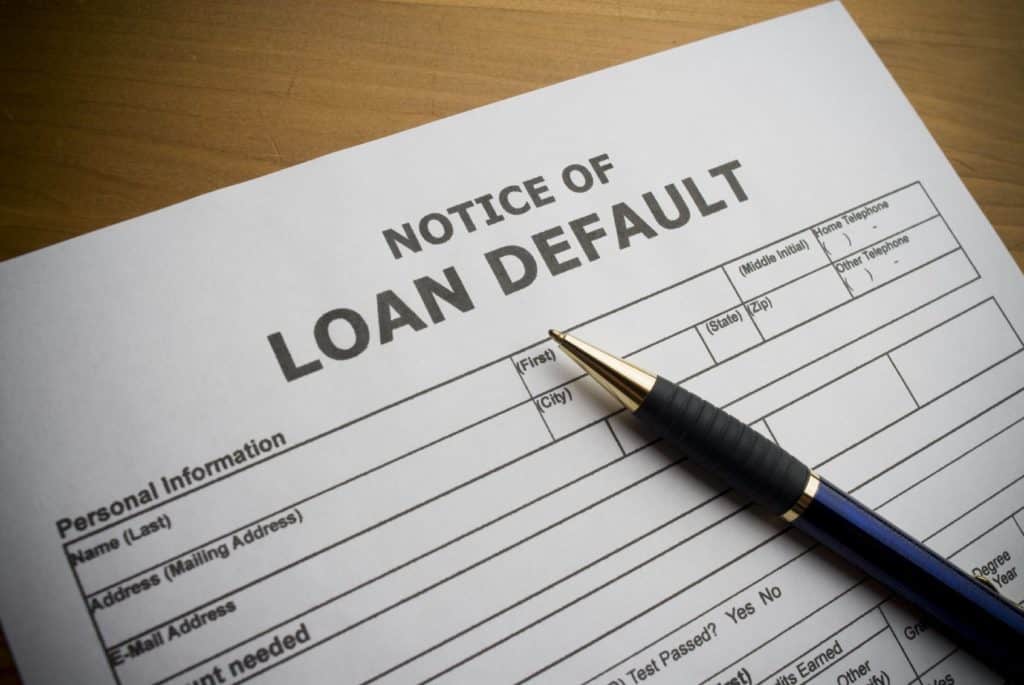Seven years ago, the Wall Street maxim, having “skin in the game,” was a popular reason for the devastation of the America’s system of housing finance. Following the subprime meltdown and the start of a wave of foreclosures that would eventually drive more than 9 million families from their homes, desperate policy-makers sought simple explanations like “skin in the game” to explain unprecedented and frightening events and possible reduction in defaults by home owners.
Mortgages that put buyers in homes with no down payments, loan products popular in the go-go boom years, left owners with no equity to safeguard them from market declines. When their homes’ values tanked after the bust, panicked homeowners realized that they’d owe more on their houses than they were worth for years to come.
With little invested in their homes, some owners decided the cost of defaulting was less expensive than staying put in spite of the damage to their credit. By 2010, 31% of all mortgage defaults were voluntary “strategic defaults.”
Legislation to protect consumers, notably Dodd-Frank, incorporated “skin in the game” as a guiding principle. In the reforms that followed, no down payment and low down payment loans from private lenders disappeared.
Borrowers, especially first-time borrowers, looked to FHA’s 3.5 percent down and FHA’s Oshawa of purchase mortgages soared from 2.7 percent in 2006 to 28.1 % in 2009.
Even so, the median down payment for affordable starter homes rose to from 3.1 percent in 2006 to 7.5 percent of the sales price by 2013. By 2014 the first-time buyer share of the market fell to the lowest point in nearly three decades.
Putting more “skin in the game” helped to stop the bleeding during the crisis, but higher down payments also discouraged first-time buyer demand and slowed housing markets from returning to health. As housing market conditions gradually improved, alternative strategies have proved equally effective at reducing defaults without shutting new buyers out of home-ownership.

Here are four solutions to reduce defaults without shutting out new buyers:
1. Home-ownership education does more to lessen delinquencies
Pre-purchase home-ownership counseling is much more widely available today than it was 10 years.
It is either needed for or rewarded with incentives by many low down payment assistance programs and new low down programs from private lenders and programs sponsored by Fannie Mae and Freddie Mac, have shown to reduce delinquencies and encourage timely mortgage payments by research sponsored by the Federal Reserve.
Home-ownership is a primary reason down payment assistance loans have performed well over time.
2. Rising home values painlessly increase homeowners’ stake
Today, equity from rising home values, not “skin in the game” from down payments, is giving homeowners a much more compelling need to keep current on their mortgages since they watch their personal wealth grow. According to CoreLogic’s House Price Index, nationwide house prices have risen by nearly 30 percent recently, after falling by 32% between 2006 and 2009.
Prices are anticipated to continue strong this current year with median price appreciation forecasted at a healthy 4 %. On average, each homeowner with a mortgage has a net housing wealth of $150,506 after subtracting all outstanding debt secured through the housing unit from the 2015 home value. American homes with mortgages have $4.9 trillion in net housing wealth.
3. New regulations protect borrowers and lenders
Regulations requiring the ability to pay and full disclosure of borrowing costs along with tougher underwriting standards enforced by the GSEs have created an atmosphere with the teeth to prevent a return of the fraudulent and dangerous lending practices that resulted in the subprime meltdown and the housing crash. Pretty much all down payment programs with down payments of less than 20 percent require mortgage insurance to safeguard lenders.
4. The softer side of home-ownership keeps families in home
Today, most homeowners, including 64% of first-timers, buy a home simply because they want to own a home of their very own, not primarily as an investment.
Actually, only 4 percent buy a home for financial security. In today’s safer borrower environment, owners rate the intangible benefits of home-ownership above financial fears.
During the era of “pulse” loans a decade ago, when anyone with a pulse could easily get financing, having “skin in the game” would be a necessary and effective strategy to reduce defaults. Those days are over.
Practices and regulations enacted following the housing crash stopped fraudulent and irresponsible practices and introduced new incentives to keep homeowners in their homes.
In today’s housing economy, policies requiring a too large a down payment have got a downside that outweighs whatever protection they supply.
Nick & Cindy Davis have assisted over 225 families with selling their homes under Short Sale conditions. If you are facing foreclosure, or behind in your mortgage payments and want to find out what can be done. You can always reach us at 813-300-7116 or simply click here and we will be in touch.